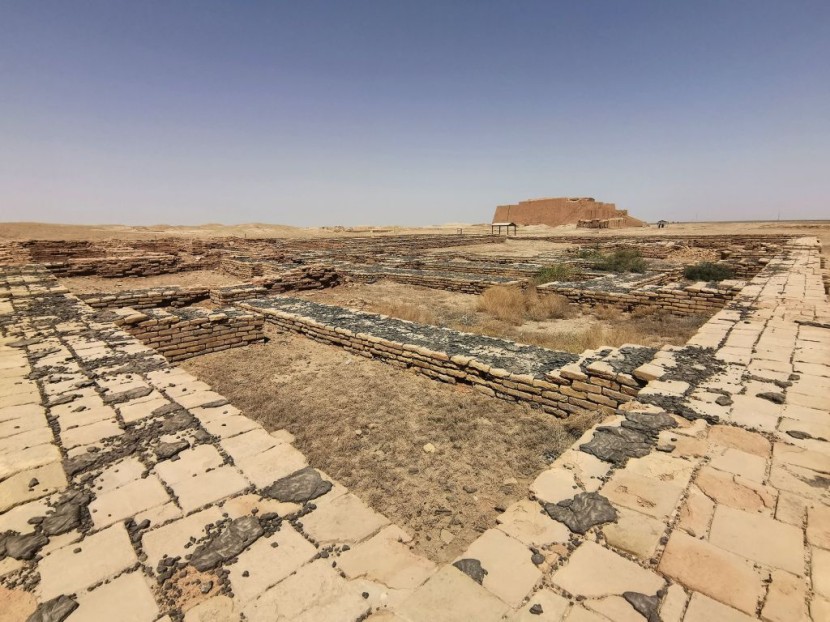Scientists are greeted with new findings after ancient Mesopotamian bricks from building projects recorded a historical "map" of the Earth's magnetic field changes.
Roughly 3,000 years ago, our planet's magnetic field suddenly spiked in power above what is now known as modern Iraq, and the reasons for this are relatively unknown. When this occurred, it was recorded as baked into the bricks of cities throughout Iron Age Babylonia.
Earth's Mysterious Magnetic Field Anomaly

The findings of the new study published in Proceedings of the National Academy of Sciences (PNAS) provide a rare ancient record of the changes in our planet's magnetic field. They provide a new guide to a pivotal period in Western history: the development of Mesopotamia.
Within the territories anchored by the fertile land between the flood-prone Tigris and Euphrates rivers, the earliest empires in the West rose to fame. These include states such as Uruk, Babylon, and Assyria, as per The Hill.
Historian Patrick Wyman said that these polities aided the invention of the machinery of statehood, which is a means to "channel resources and human effort on a scale that other forms of political and social organization struggle to match."
One example of this is the signature artifact of the earliest regional cities, which Wyman argued was a kind of mass-produced ceramic bowl found all over Uruk. The historian claimed these showed a deeply unequal and centralized way of organizing the world. This is because superiors and inferiors existed in complex status hierarchies.
The team behind the new study hopes that using this "archaeomagnetism" will help improve the history of our planet's magnetic field. They also hope it will better date artifacts that previously could not be.
Read Also: Scientists Birth Chimera Monkey With 2 Sets of DNA That has Glowing Fingertips, Green Eyes
Ancient Mesopotamian Bricks
A co-author of the study, Professor Mark Altaweel said that they often depend on dating methods such as radiocarbon dates to get a sense of chronology in ancient Mesopotamia. However, he said that some of the most common cultural remains cannot typically be easily dated due to not containing any organic material, according to Phys.org.
Our planet's magnetic field is known to weaken and strengthen over time, and these changes imprint a distinct signature on hot minerals that are sensitive to the magnetic field. The team behind the study analyzed the latent magnetic signature in grains of iron oxide minerals embedded in 32 clay bricks.
When the bricks were made, each one was inscribed with the name of the reigning king. Archeologists have dated these items to a range of likely timespans. The imprinted name and the measured magnetic strength of the iron oxide grains offered a historical map of the changes in the Earth's magnetic field's strength.
The director of the Western Paleomagnetic and Petrophysical Laboratory at Canada's Western University, Philip McCausland, said that at very high temperatures, the objects are memoryless. However, as the temperature slowly drops, it picks up a memory of our planet's magnetic field that it sat in at the time, said Vice.
© 2025 HNGN, All rights reserved. Do not reproduce without permission.








